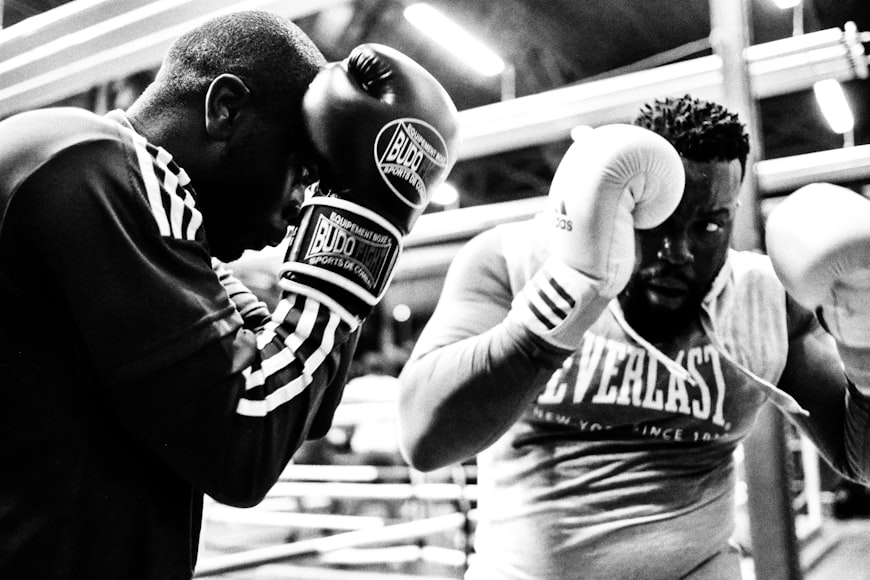Brazilian Butt Lifts (BBL) procedure entails the extraction of fat from areas like the abdomen, flanks, or back of a patient under anesthesia, followed by the reinjection or “grafting” of this extracted fat into the buttocks using a syringe attached to a cannula. However, despite its widespread acceptance, BBL has earned itself the dubious distinction of being one of the deadliest aesthetic surgeries ever performed. In this article, we will delve into the reasons behind the lethal risks associated with BBL and what makes it such a perilous choice.
What Makes BBL So Dangerous?
BBL is often regarded as a procedure with elevated risk levels compared to other cosmetic surgeries, primarily due to its documented associations with complications and, in rare cases, fatalities. The introduction of fat into the body may potentially lead to the occlusion of a blood vessel in the lungs, resulting in a potentially life-threatening condition known as a pulmonary embolism. A 2017 study published in the Aesthetic Surgery Journal reported a relatively high death rate linked to BBL surgery, with statistics indicating an occurrence as infrequent as 1 in 2,351 cases, exceeding the rates observed in various other cosmetic procedures, including tummy tucks. Surgeons specializing in BBL procedures typically advise patients to be well-informed about the associated risks and to take appropriate precautions to mitigate these potential complications.
The popularity of the Brazilian butt lift has witnessed an astonishing surge in the past two decades, with procedures escalating by an astounding 800% over the last decade alone, skyrocketing from 7,382 in 2011 to a staggering 61,387 in 2021. During a BBL, a surgeon employs liposuction to extract fat from various parts of the patient’s body, such as the abdomen, flanks, or back, while the patient is under anesthesia. Subsequently, this harvested fat is carefully reinjected or “grafted” into the buttocks using a syringe attached to a cannula. The cannula is inserted repeatedly deep under the skin, fanning out from a few small incision points to distribute the fat evenly across different areas. It’s worth noting that this is considered a “blind” procedure, and surgeons run the risk of inadvertently injuring major vessels within the muscle or even injecting fat directly into these vessels if the cannula penetrates too deeply.
Blocked pulmonary vessels are a harrowing consequence of BBL surgeries, potentially leading to respiratory failure and death. Most disturbingly, many of these fatalities have occurred even after plastic surgery associations made concerted efforts to enhance the safety of the procedure. Injected fat can cause a life-threatening blockage in a lung blood vessel, known as a pulmonary embolism. A major concern is that if the fat is mistakenly injected into the wrong region of the buttocks, it can enter an artery, obstruct it, and disrupt blood flow, sometimes with fatal consequences.
How Can BBL Be Made Safer?
- Select a certified plastic surgeon who specializes in BBL and prioritizes safety. Confirm their credentials through reputable sources. Additionally, verify their membership in esteemed organizations such as The Aesthetic Society or the American Society of Plastic Surgeons, both of which uphold ethical standards and demand ongoing medical education.
- Make the most of your consultation by asking pertinent questions. Request to review before-and-after photographs of patients whose body types and objectives align with your own. Inquire about the surgeon’s BBL experience, the techniques they employ, and their anesthesia preferences.
- Opt for a surgical facility that holds accreditation. Ensure it is fully equipped with emergency apparatus and staffed by trained professionals capable of handling any potential complications that may arise during the procedure.
- Adhere closely to the pre-and post-operative instructions provided by your surgeon. This includes refraining from alcohol and nicotine consumption in the weeks leading up to surgery, preparing a dedicated recovery space in your home, assembling necessary post-surgery recovery supplies, and investing in clothing that facilitates easy dressing and undressing.
- Gain a comprehensive understanding of the associated risks. While BBL is generally considered safe when performed by an experienced plastic surgeon, it is not without its potential complications. These may encompass infections, bleeding, fat embolism, and anesthesia-related issues.



